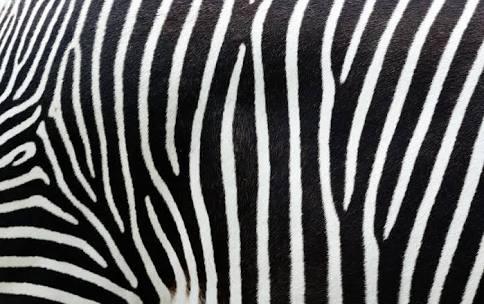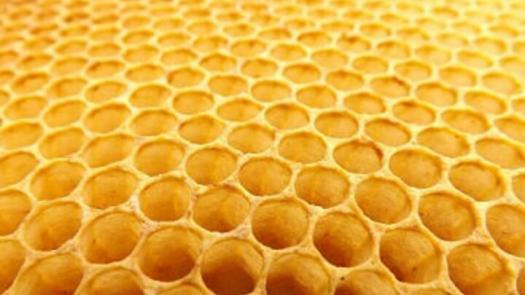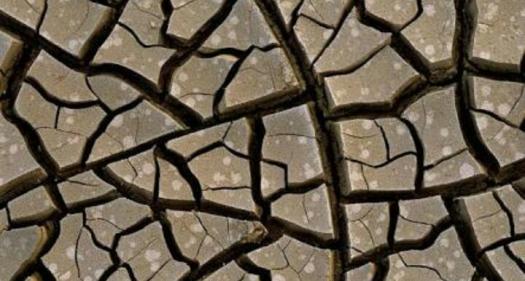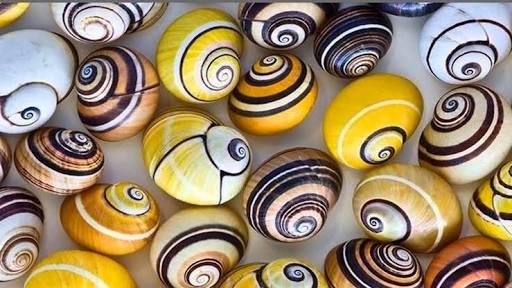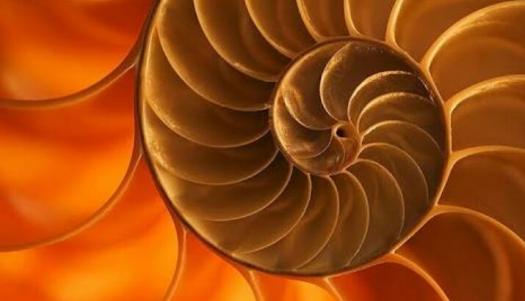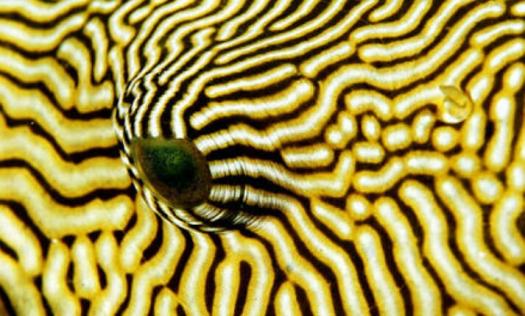How Well Do You Know Patterns In Nature? Quiz
(541).jpg)
Do you know everything about all the patterns in nature? Here is a quiz to test your knowledge about the same. Patterns in nature essentially mean the various regularities in the forms of nature found around the world. These patterns are known to reoccur in a different context that has been modeled mathematically. How well do you know of the pattern of nature around you? Test your knowledge with these wonderfully constructed questions on the Patterns of Nature. All the best!
- 1.
One of the early greek philosophers that started the concept about nature is?
- A.
Plato
- B.
Aristotle
- C.
Socrates
- D.
Pythagoras
Correct Answer
A. PlatoExplanation
Plato was one of the early Greek philosophers who contributed significantly to the concept of nature. He believed that the natural world was a reflection of a higher reality, and that knowledge of the physical world could lead to understanding the metaphysical realm. Plato's philosophy emphasized the existence of ideal forms or ideas that were more real than the physical world. He also explored the relationship between the soul and the body, and the role of reason in understanding the natural world. Overall, Plato's ideas laid the foundation for later philosophical and scientific inquiries into nature.Rate this question:
-
- 2.
With his book Liber Abaci, who introduced the Fibonacci number sequence to the western world?
- A.
Leonardo Fibonacci
- B.
Paolo Fibonacci
- C.
Leonardo Da vinci
- D.
Francesco Fibonacci
Correct Answer
A. Leonardo FibonacciExplanation
Leonardo Fibonacci introduced the Fibonacci number sequence to the western world through his book Liber Abaci. This sequence is a series of numbers in which each number is the sum of the two preceding ones. Fibonacci's work played a significant role in introducing the concept of Hindu-Arabic numerals and the decimal number system to Europe, revolutionizing mathematics in the western world.Rate this question:
-
- 3.
Which of these animals have abstract designs with a beauty of form, pattern, and color that artists struggle to match?
- A.
Lion
- B.
Peacock
- C.
Rabbit
- D.
Squirrel
Correct Answer
B. PeacockExplanation
Peacocks have abstract designs with a beauty of form, pattern, and color that artists struggle to match. The male peacock's vibrant and intricate plumage, with its iridescent blues, greens, and purples, is a stunning example of nature's artistic brilliance. The unique patterns and symmetry in their feathers make them a favorite subject for artists seeking to capture their beauty.Rate this question:
-
- 4.
Which of these types of Symmetry do Plants possess?
- A.
Bilateral Symmetry
- B.
Mirror Symmetry
- C.
Spatial Symmetry
- D.
Radial Symmetry
Correct Answer
D. Radial SymmetryExplanation
Plants possess radial symmetry. Radial symmetry is a type of symmetry where the body parts of an organism are arranged around a central axis, similar to the spokes of a wheel. In plants, this means that the leaves, petals, and other structures are arranged in a circular pattern around the center of the plant. This type of symmetry allows for equal access to resources from all directions, and it is commonly found in organisms that are sessile or have limited mobility, like plants.Rate this question:
-
- 5.
The group of animals that possesses fivefold symmetry includes all except?
- A.
StarFish
- B.
Sea Urchins
- C.
Sea Lilies
- D.
Snails
Correct Answer
D. SnailsExplanation
Snails do not possess fivefold symmetry. They belong to the phylum Mollusca and have a coiled shell, which exhibits bilateral symmetry. On the other hand, starfish, sea urchins, and sea lilies belong to the phylum Echinodermata and exhibit fivefold symmetry.Rate this question:
-
- 6.
Spirals are common in plants; however, which animals possess spatial characteristics?
- A.
Insects
- B.
Molluscs
- C.
Mammals
- D.
Amphibians
Correct Answer
B. MolluscsExplanation
Molluscs possess spatial characteristics. Molluscs, such as snails and octopuses, exhibit various spatial behaviors. They have the ability to navigate and move in their environment, often using their sense of touch and chemoreception. They can also exhibit homing behavior, returning to specific locations or habitats. Molluscs' spatial characteristics are important for their survival and finding food, shelter, and mates.Rate this question:
-
- 7.
The zigzag patterns of whirling vortices created by the unsteady separation of fluid flow, most often air or water, over obstructing objects is called?
- A.
Vortice lane
- B.
Vortex streets
- C.
Meanders
- D.
Viscosity
Correct Answer
B. Vortex streetsExplanation
Vortex streets refer to the zigzag patterns of whirling vortices that are formed when fluid flow, such as air or water, separates unsteadily over obstructing objects. These vortices alternate from side to side in a regular pattern, resembling a street of swirling eddies. This phenomenon is commonly observed in natural and man-made flows, such as the wake behind a moving vehicle or the flow over a bridge pylon. The term "vortex streets" accurately describes this characteristic flow pattern.Rate this question:
-
- 8.
What are patterns formed by repeating tiles all over a flat surface?
- A.
Tessellations
- B.
Meanders
- C.
Vortice lanes
- D.
Vortex Streets
Correct Answer
A. TessellationsExplanation
Tessellations are patterns formed by repeating tiles all over a flat surface. These tiles can be regular polygons like squares or hexagons, or they can be irregular shapes that fit together without any gaps or overlaps. Tessellations are often used in art and design to create visually appealing and mathematically precise patterns. They can be found in architecture, quilting, and even in nature, such as in the honeycomb pattern of a beehive.Rate this question:
-
- 9.
An example of the pattern of Nature that is common in Carnivorous cats are
- A.
Spots
- B.
Stripes
- C.
Bold coloring
- D.
Sharped claws
Correct Answer
A. SpotsExplanation
Carnivorous cats often have spots on their fur as a common pattern in nature. This pattern helps them blend into their surroundings, making it easier for them to hunt and stalk their prey. The spots act as a form of camouflage, allowing the cats to remain hidden from their potential victims until they are ready to strike. This pattern is seen in various species of carnivorous cats, such as leopards and cheetahs, and serves as an adaptation that aids in their survival and hunting abilities.Rate this question:
-
- 10.
What are linear openings that form in materials to relieve stress?
- A.
Fracture
- B.
Line sparks
- C.
Cracks
- D.
Fissure
Correct Answer
C. CracksExplanation
Cracks are linear openings that form in materials to relieve stress. When materials experience excessive stress, such as tension or compression, they can develop cracks as a way to release that stress. These cracks can occur in various materials, including metals, ceramics, and even rocks. Cracks can weaken the structural integrity of the material and may eventually lead to fracture if not addressed. Therefore, understanding and managing cracks is crucial in preventing catastrophic failures in materials and structures.Rate this question:
-
Quiz Review Timeline +
Our quizzes are rigorously reviewed, monitored and continuously updated by our expert board to maintain accuracy, relevance, and timeliness.
-
Current Version
-
Jun 03, 2023Quiz Edited by
ProProfs Editorial Team -
Jul 23, 2018Quiz Created by
Anthonyf



